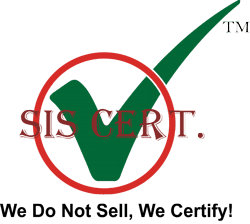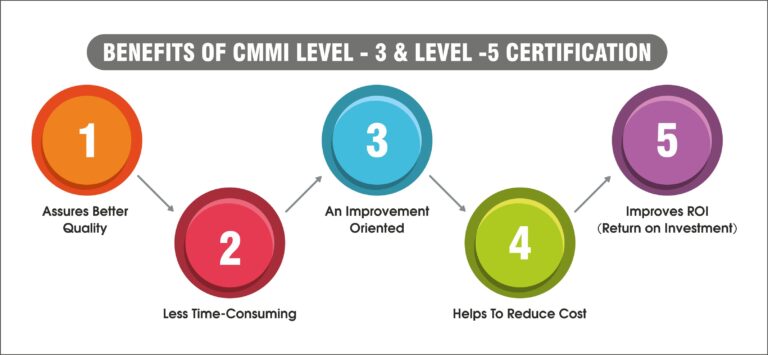The kind of CMMI apparatuses that will work best for your association will depend upon your business needs. Following the CMMI, you’ll distinguish the best instruments during Maturity Level 2 or 3; now, your CMMI expert will offer suggestions or assist you with structuring tweaked devices based on broad inquiries. The most widely recognized class of apparatuses that you’ll have to consider incorporates:

